Search Results for 'Dunkellin'
5 results found.
One hundred years ago this week…
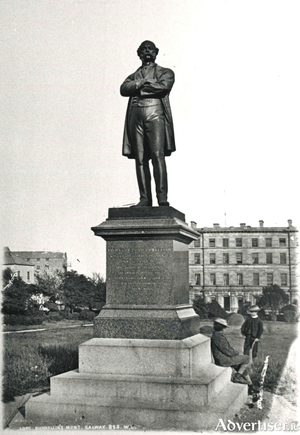
John Henry Foley was one of the greatest artists this country produced in the 19th century. He was a world famous sculptor who was commissioned to produce many public works in different parts of the world including Galway. The statue he produced here was of Lord Dunkellin, a 2.5 metre high bronze on a polished Peterhead red granite base which stood on two steps of Aberdeen granite about 20 yards inside the main gate into the Square. ‘In none of the great works which have given him world-wide celebrity has he shown more genius and skill than in the present instance where, with only the slender assistance of a photograph, has he been able to produce the faithful likeness.’
A hero’s welcome in New York for first Galway Line ship
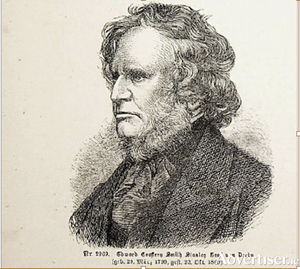
The unfortunate collision of the Indian Empire into the well marked Margaretta Rock in the middle of Galway Bay was a blow to the newly established Galway Line. But by no means was it a knockout. Galway’s vaulting ambition to open a new ‘highway between the old and new worlds’ took on an even more determined energy. The exploitation of steam-power, driving ever bigger ships and faster trains, led to wild speculation as to what could be achieved even from Galway, in the middle of the 19th century.
The guns in the Square
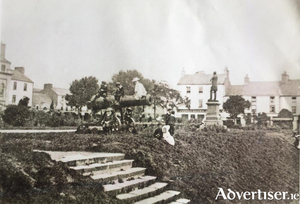
The Galway Vindicator of July 25, 1857, reported the arrival in Galway on board the SS Lady Eglinton, of two cannon, which had been shipped from Woolwich Arsenal, the main storage and distribution depot of Crimean War ordnance. These cannon, described as “64-pounders of a heavy and clumsy description, each weighing two tons,” were taken from the docks to the goods yard beside the railway station, where they were made ready for the handing over ceremony. They were part of a significant amount of Russian ordnance which had been captured in 1854 by the 88th Regiment at the Battle of Inkerman during the Crimean War. They were two of a number of artillery pieces that were presented by the war department to various cities as trophies.
Pádraic Ó Conaire: man and monument
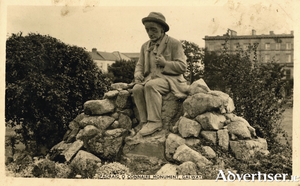
On October 6 1928, writer, journalist, teacher, and raconteur Pádraic Ó Conaire died in tragic poverty in Richmond Hospital, Dublin, at the age of 46. Since the turn of the century he had established himself as one of the leading lights of the Gaelic Revival, an innovative writer who pioneered the short story in Irish.
The Galway MP who got thrown in the river
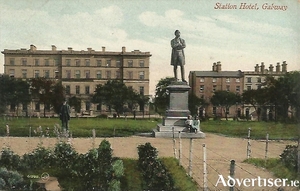
IN MAY 1922, a bronze memorial statue to Lord Dunkellin, which had stood in Eyre Square for almost 50 years, was pulled from its pedestal and dumped into the River Corrib. It disappeared overnight and has never resurfaced.

